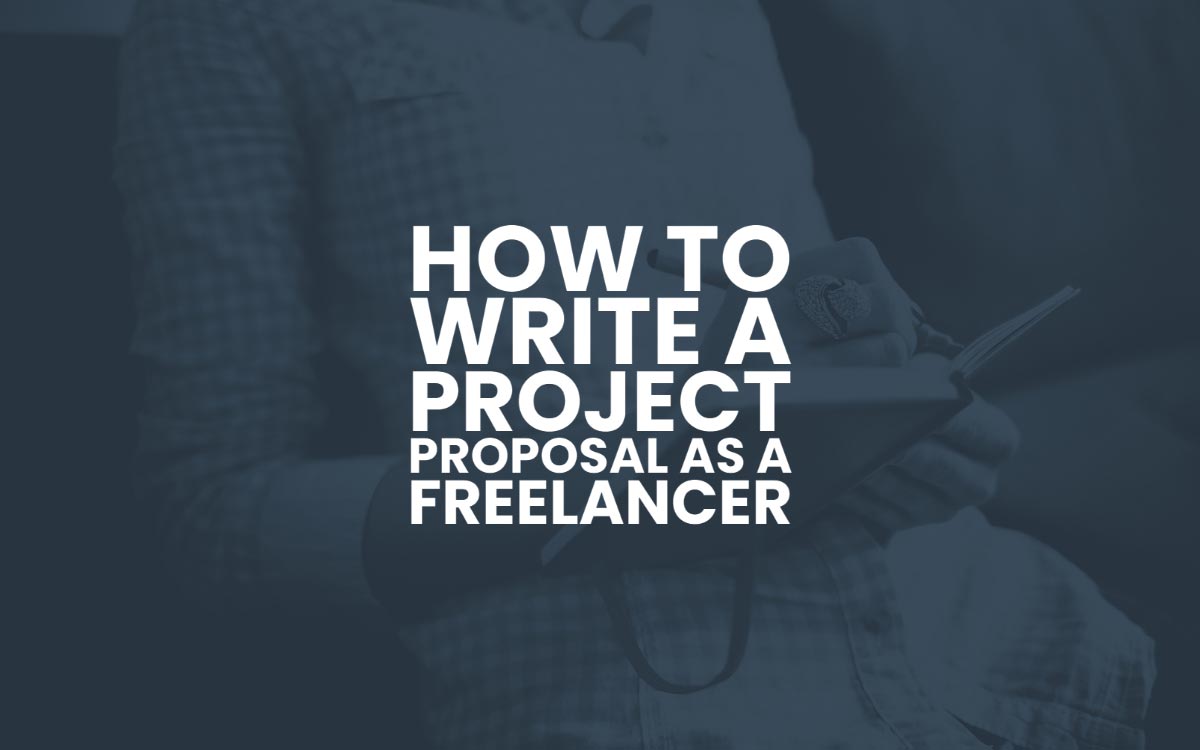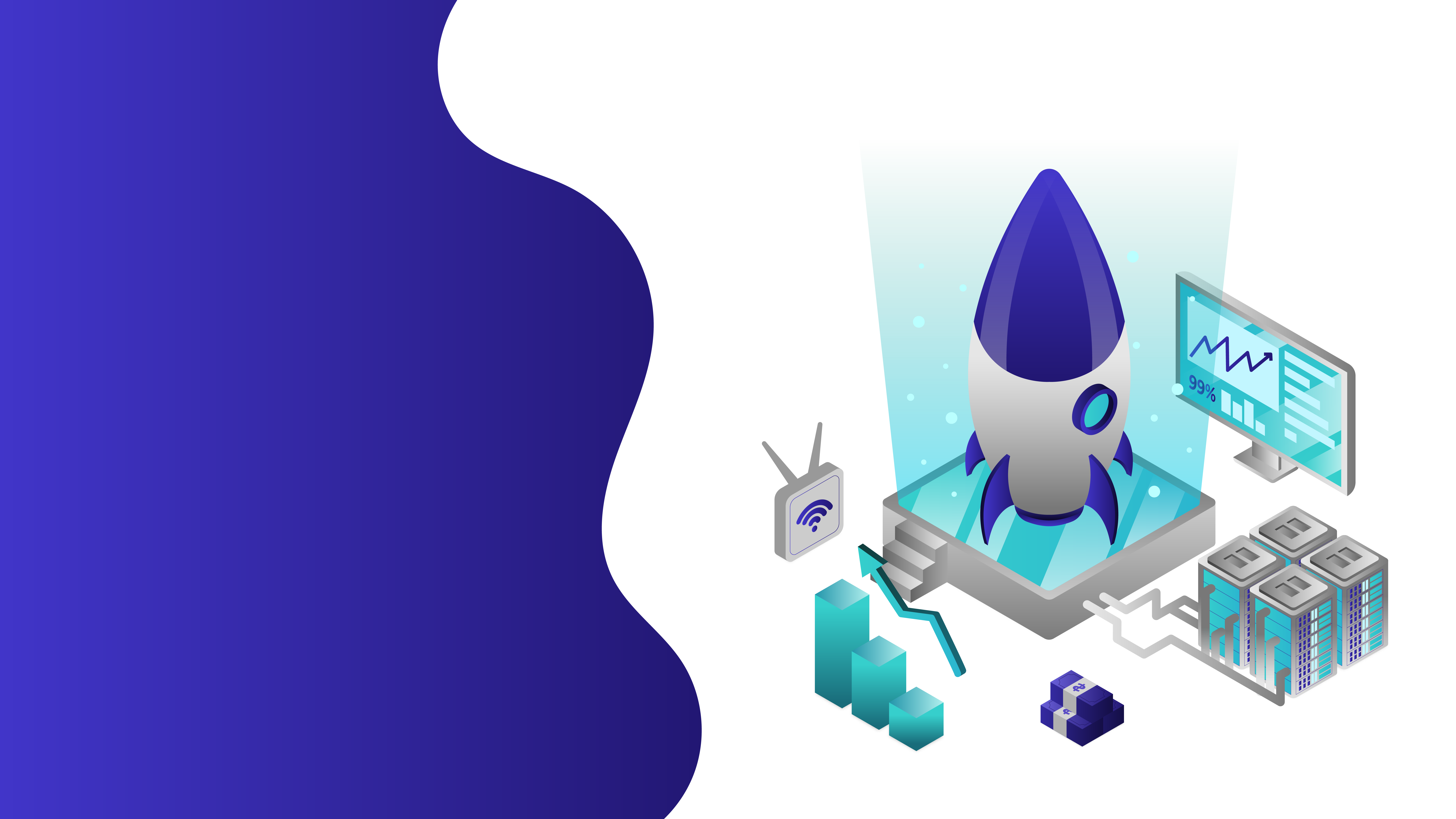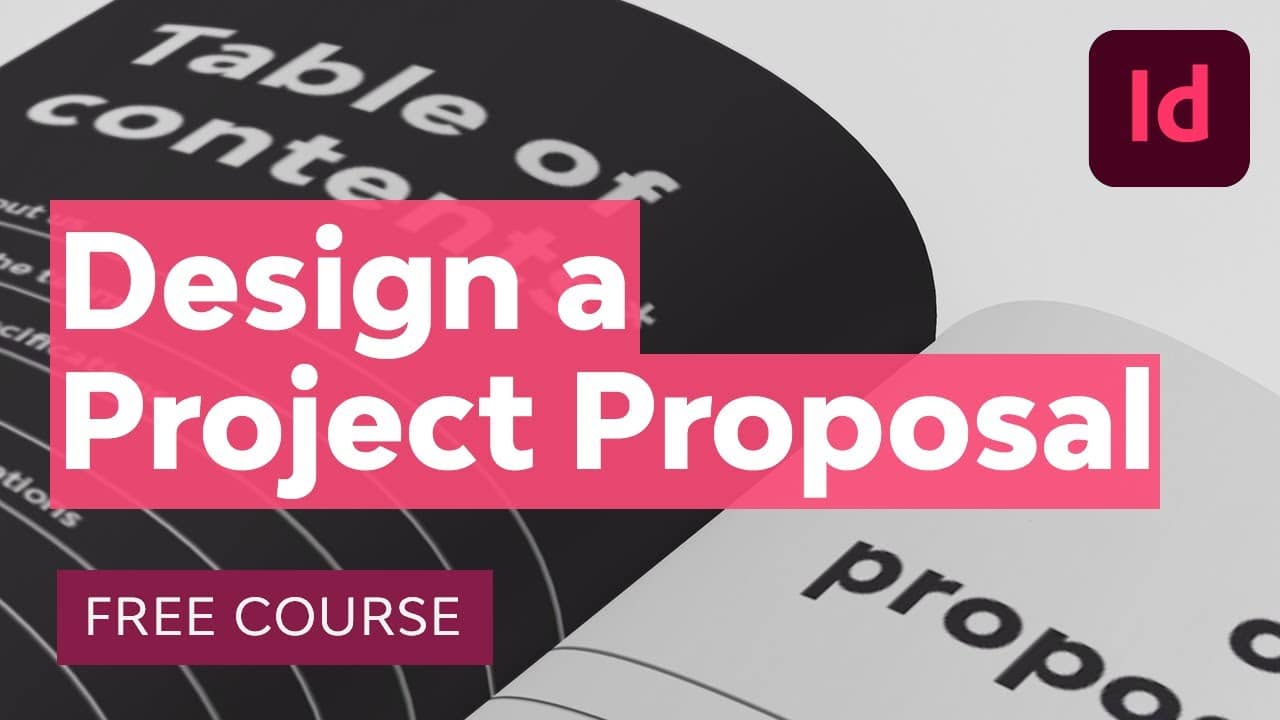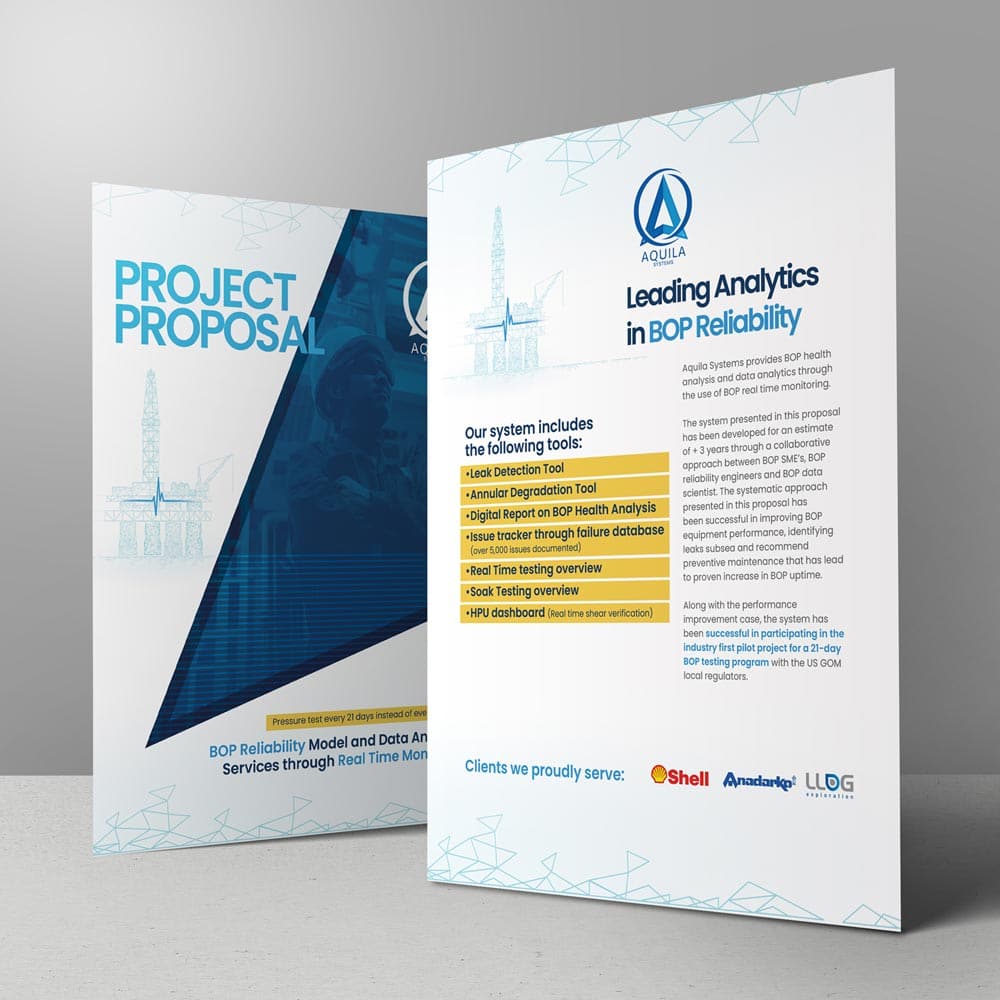
21 Feb How to Write a Project Proposal as a Freelancer
How to Write a Project Proposal as a Freelancer
Perhaps one of the most frustrating things about moving from working for a company to set up your own is learning how to write a project proposal.
You just don’t have to do anything like that when you are working in an office.
It makes your skin crawl. You are “design”, damn it! You never learned how to make sales!
How is it that people can show off what they are good at without coming off as if they are showing off?
How can something completely unrelated to what your actual abilities are, decide whether you get it in the first place?
It is like deciding who will be your surgeon on how well they play the piano! Why is it that some people get all the work while other equally good designers struggle to get food on the table?
All of those questions kept swimming around my mind as I struggled through my first months where most of my project proposals were ignored.
I mean, I know I was looking in the right place and that there were jobs available. I still wasn’t landing those gigs!
Then I started to get the hang of it.
I went from not getting any answers, to getting so much work I barely had time to write proposals!
Moreover, in the process of getting from the former, I learned some valuable lessons that today I am going to share with you in how to write a project proposal as a freelancer.
The first words are crucial
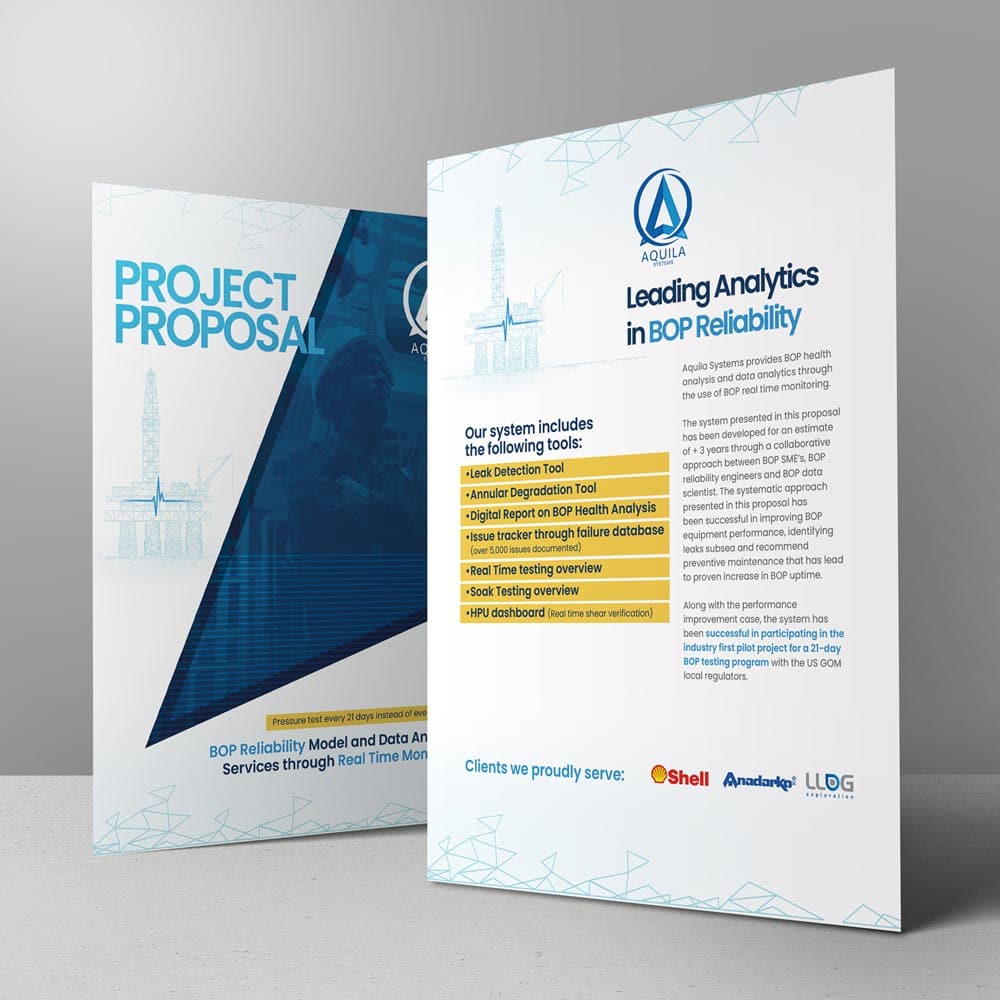
In some ways, text is easier than design.
With text, you can be pretty confident that after the initial quick scan to get to grips with the length of your text (more on that further down), they are going to start reading at the top. After all, that is how you read text! So you know where to focus your attention.
So what do you say in those first words? You need to move immediately to capture their attention and split yourself off from the rest. That can mean one of two approaches:
1. You focus on your strongest attribute first. You might have heard that you should save the best for last, but that is not the case here. This is not a date. The finishing strong comes in later when they’ve shown an interest.
Now you are still at the ‘glance across the room’ stage – there you do not hide your glorious smile behind your hand to dazzle them with it later. They’ll have looked away by then. No, you throw it straight out there in the hopes of getting a double take (i.e. they keep reading).
2. The same can also be achieved by showing them a deep insight or connection you have about their company. If you can name drop, this is the right place to do so. ‘Our mutual friend John thought I should get in touch’ will work very well if the company trusts the judgement of John, as then you’ve got an endorsement. However, let’s assume you do not have an endorsement and you are cold calling (emailing?). What kind of skill do you want to start with?
If you’ve won meaningful prizes or awards, start with those. Again, these serve to toot your horn without you having to puff your cheeks. You do not have to say ‘I am great’ because those prizes are already saying it for you.
From there, list a few more points that make you stand out (the number of years of experience you have, companies you’ve worked with or for and perhaps a link to your strongest project).
You are looking to condense your best qualities into a space of somewhere between three to five lines.
Do NOT include your entire work history! People are always pressed for time and are just looking for the highlights.
Solve their problem
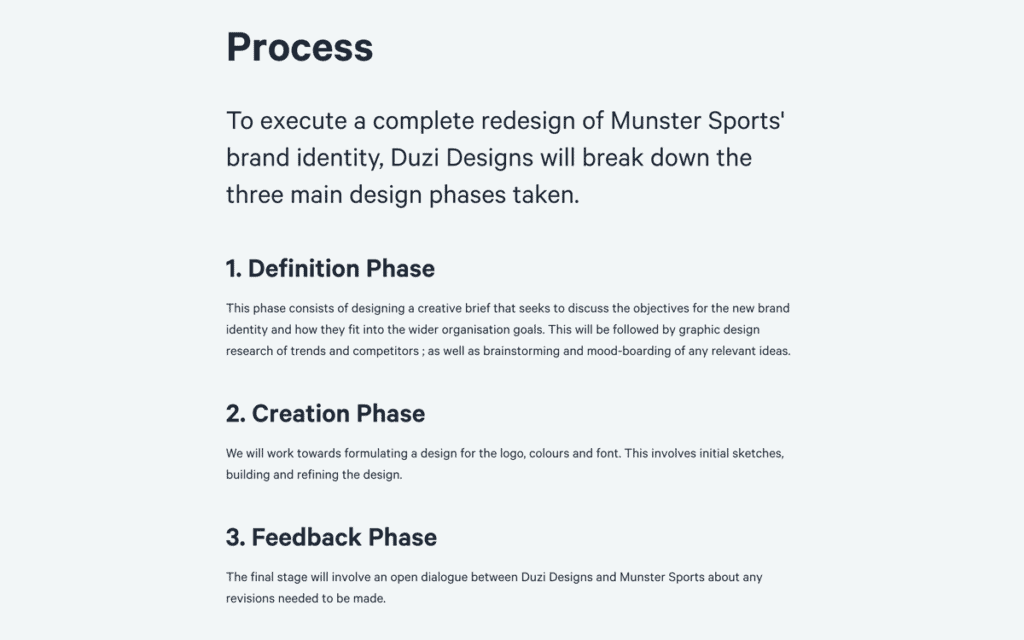
Then it is time to talk about everybody’s favourite topic – themselves!
Talk about what you can do for their company. Mention the details that you know about what they do and how you can help them there.
Massive bonus points if you show an insight here that others might not be aware of, be it a new strategy they seem to be employing or a new direction they are taking.
By demonstrating that you understand what they are doing, you are also showing that you are interested in them and are reaching out to them individually.
People appreciate this. It makes them feel like they are not being spammed.
Are they looking to develop a new logo design?
Talk about what experience you have with logo design, demonstrate what you know about their audience and mention a direction you’d like to explore.
Their page looks slightly dated? Offer one or two suggestions about how you could make it better.
Here as well you are after short and sweet. One paragraph with a few ideas is enough.
You are not trying to solve all their problems in the first email (besides, why would they hire you if you did?), just show that you’ve got insight and the capacity actually to solve their problems!
The call to action (and lowering the barrier to entry)
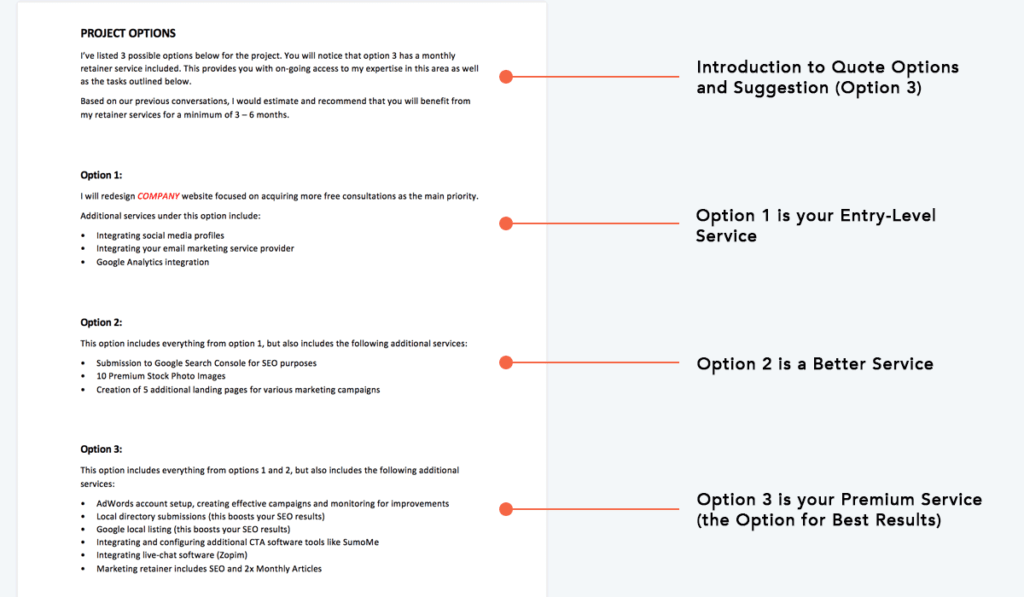
Then it is time to start reeling them in. In paragraph three you start pointing them at other places where they can learn more about you, like your portfolio or website.
This is where they have to start taking action to find out more (which will then make them more likely to contact you as they’ve gone from a passive involvement to an active one).
This is also where you propose the grounds for the first meeting, contact, or talk. You want to make certain that they do not feel that if they contact you, you expect them to hire you.
Instead, you want to lower the barrier to reaching you as far as possible.
Talk about being willing to answer any questions they may have, provide more work samples if they need them, or give them a more detailed work history.
Alternatively, you can suggest that you might be willing to do a simple task for them, like some preliminary sketches of a logo (though be certain to define that job rather than letting them define it).
All they need to do is but ask and thereby initiate the conversation.
Don’t make your project proposal too long
That is it, three paragraphs, a ‘thank you for your time’ and links for them to explore you further if they want to.
That is enough. If you write any more words, chances are good your success rate will drop.
Why? Because people will think it is too long at the first glance to read it. So they will put it off, but when they do that chances are good, they’ll forget all about it and end up never reading it.
After all, the average person working in an office is incredibly busy. And then all your well-crafted words will be utterly pointless.
What’s more, with three paragraphs it’s possible to awaken a sense of curiosity and that is your bets ally. If people want to know more, they’ll look at your sites and they’ll look at the links you’ve provided.
They might even Google you. So if they like what they see, then sending off an email in response will be only a tiny additional step in comparison to what they’ve already done.
The follow-up
Also, if you’ve sent a proposal and haven’t heard anything back, don’t get all heavy and feel rejected and don’t just shrug your shoulders and walk away!
Yes, there is a good chance that they may not be interested (maybe 70%?).
The thing is, there is also a good chance that they were thinking about getting back to you and they were overwhelmed by other projects and commitments and didn’t get around to it.Are you willing to let that 30% go for the sake of a few follow-up sentences and your jilted ego?
Are you willing to let that 30% go for the sake of a few follow-up sentences and your jilted ego?
So if you haven’t heard anything back after about one or two weeks then get in touch with them.
Include the subject line of the first email and the date you sent it and tell them that you didn’t hear anything and that you are just getting in touch to see if perhaps they wanted to chat after all.
Then repost the original text. It’s a matter of a few minutes work and it can make a real difference!
Hone your message
I mean this in two ways. To begin with, you obviously need to make certain that you don’t have typos, misspelt words and that you’ve given your text the once over for those mistakes to avoid.
Really this is vital. It costs you a few minutes and can save you a world of hurt.
I once myself lost a job opportunity with Ogilvy because of a stupid grammar mistake.
But that’s not the only way I mean it. I also mean that you save your texts and save and re-use those bits that gave you a positive response.Keep on trying out new orders of your achievements, and new ways of wording your sentences, preferably so that you say the same thing in fewer words (which will make your text appear punchier and better written).
Keep on trying out new orders of your achievements, and new ways of wording your sentences, preferably so that you say the same thing in fewer words (which will make your text appear punchier and better written).
Keep tinkering away to see if you can push up the rate at which people get back to you.
Then before you know it, people will be contacting you before you even send off your email!
Now that sounds like a good situation to be in, doesn’t it?
Diana Beyer is an experienced creative director who is passionate about writing. Her purpose is to share some value among interested people. Apart from work, Diana likes travelling and reading. Personal motto: “Do one thing every day that scares you”. You can contact her through Twitter.
